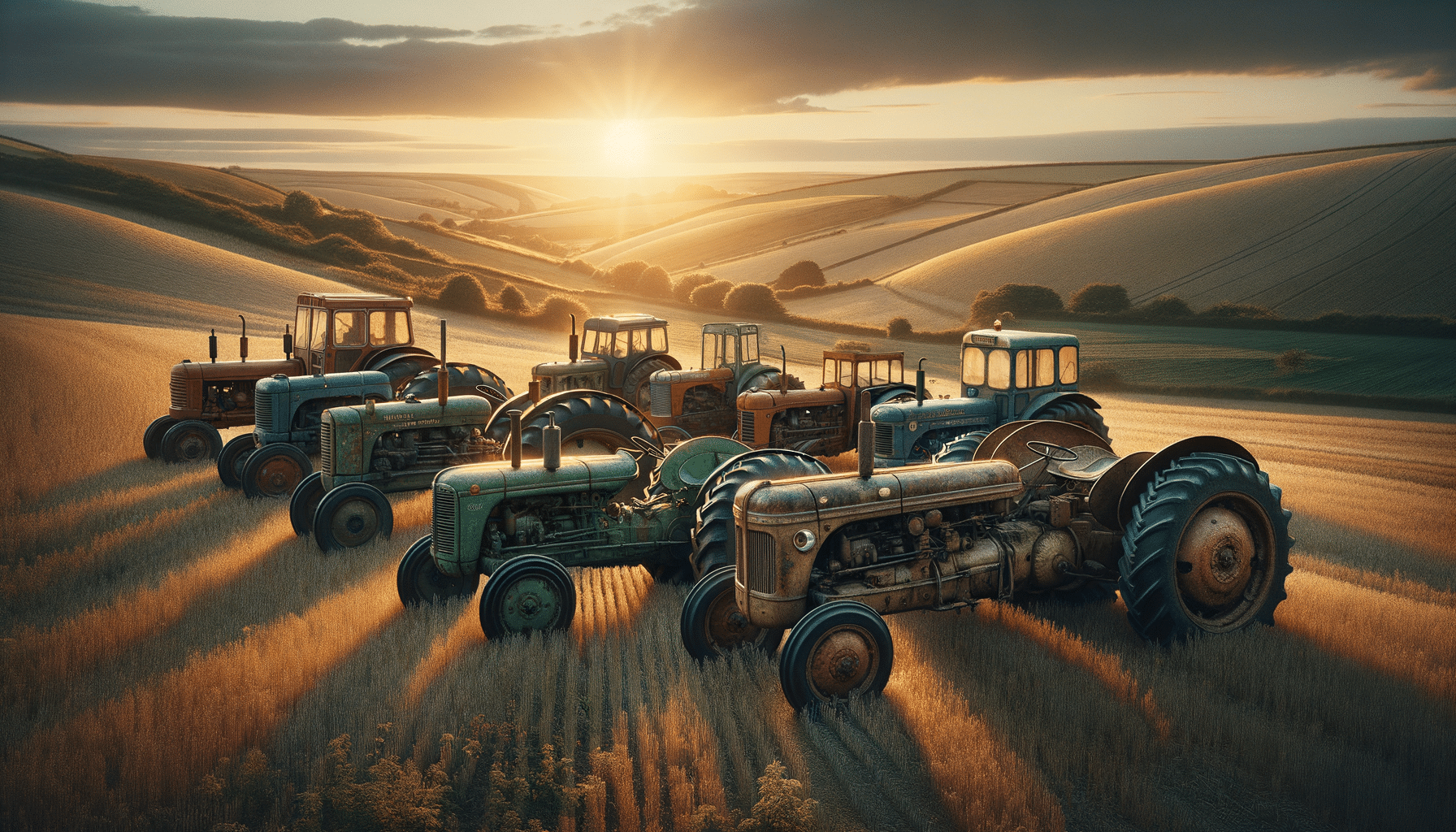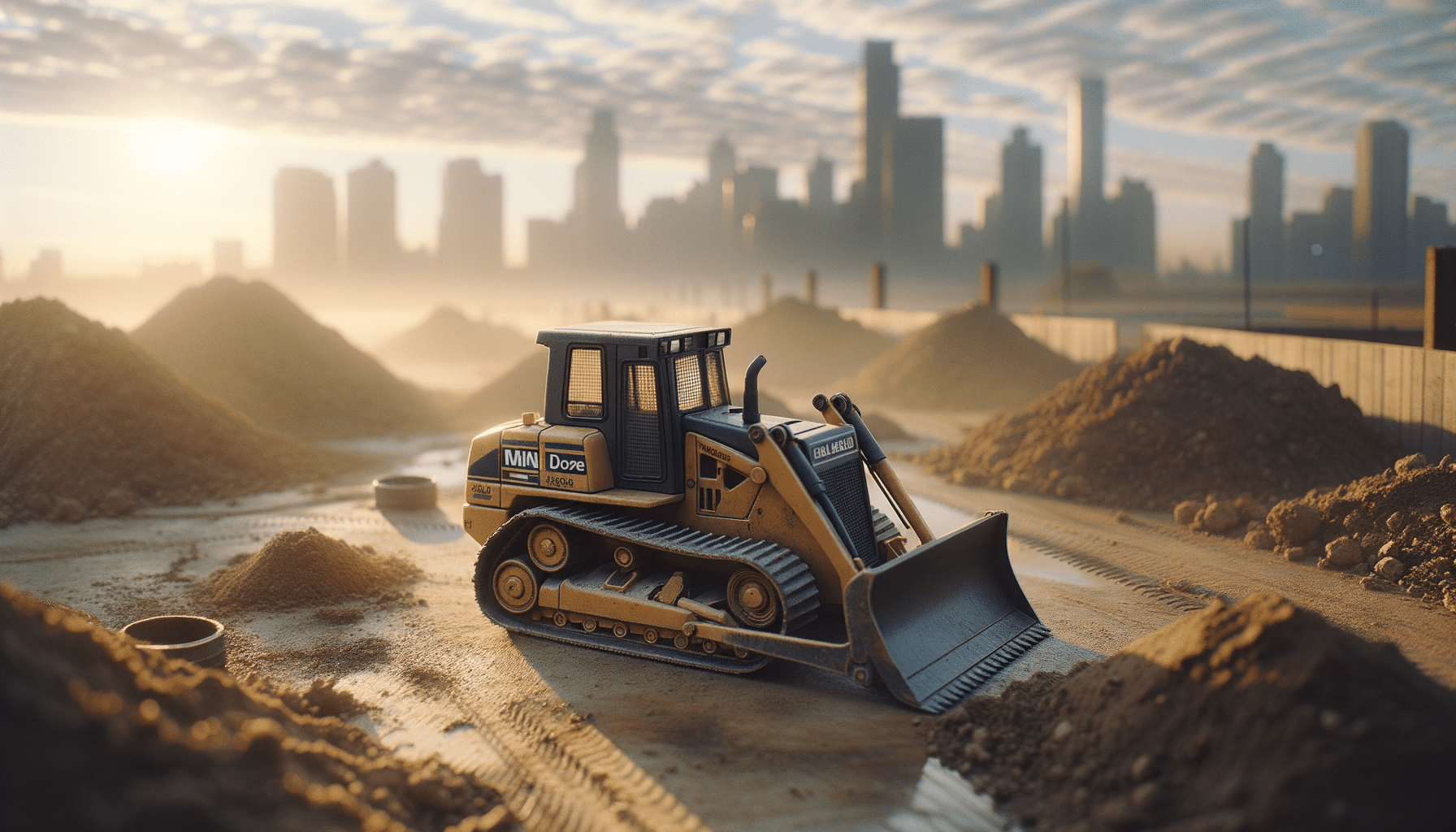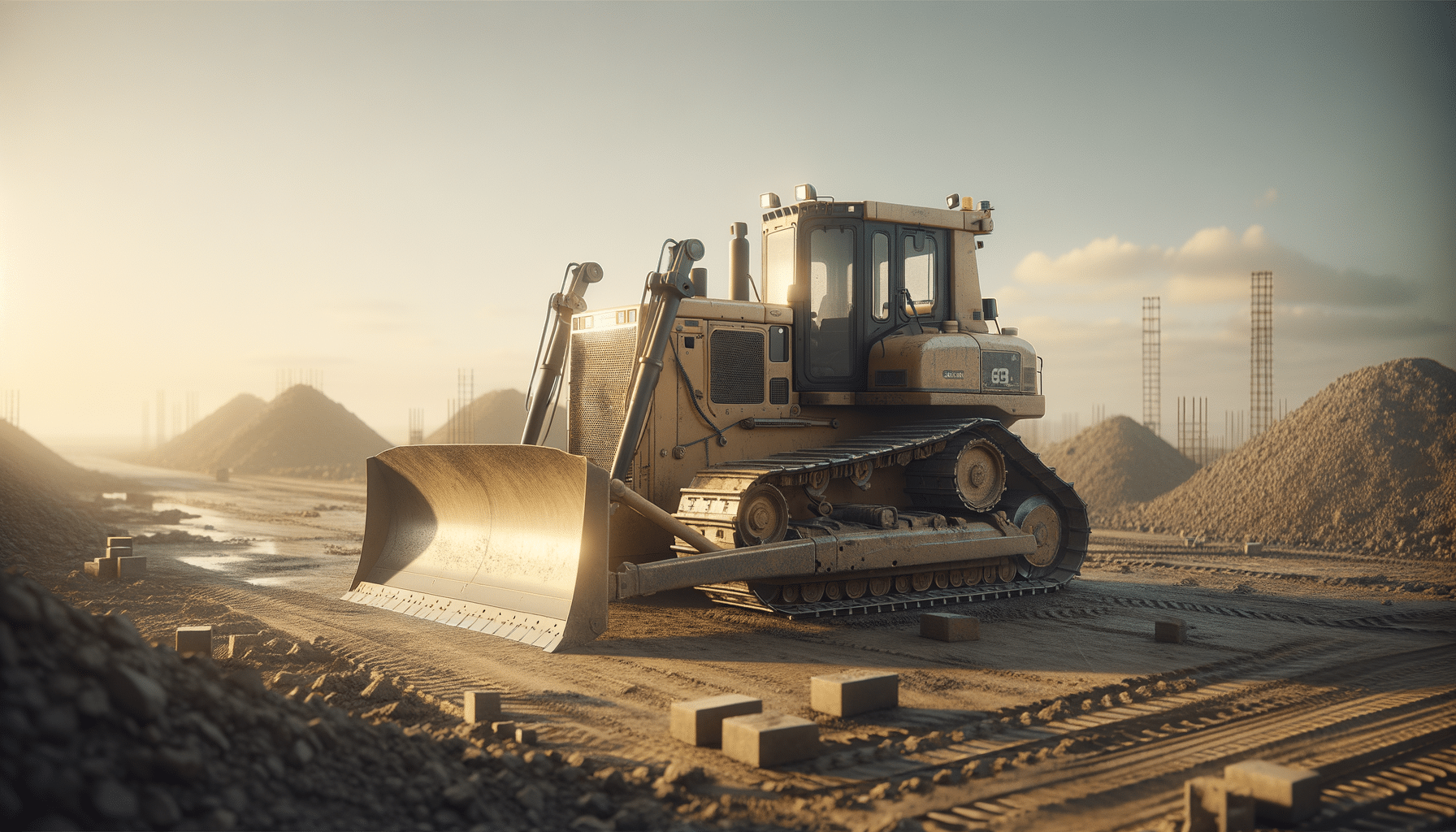
A Guide to Tractor Costs and Pricing in the USA
Introduction to Tractor Pricing
Tractors are indispensable tools in agriculture and construction, providing the muscle needed to perform a range of demanding tasks. Understanding tractor prices is essential for anyone looking to invest in this crucial equipment. Tractor prices in the USA may differ widely depending on size, brand, and whether the model is new or used. From compact tractors to larger farm equipment, costs are shaped by features, attachments, and condition. This article serves as a comprehensive guide to help you navigate the complexities of tractor pricing, ensuring you make informed decisions that suit your needs and budget.
Factors Influencing Tractor Prices
The cost of tractors can be influenced by a variety of factors, each contributing to the final price tag. These factors include:
- Size and Power: Larger tractors with higher horsepower are typically more expensive due to their enhanced capabilities.
- Brand Reputation: Renowned brands often command higher prices due to their reputation for quality and reliability.
- New vs. Used: New tractors come with the latest technology and warranties, while used models offer cost savings but may require more maintenance.
- Features and Attachments: Additional features such as advanced hydraulics or GPS systems increase the price.
- Market Demand: Prices can fluctuate based on demand, with higher prices during peak agricultural seasons.
Understanding these factors can help you evaluate what you truly need and align your budget accordingly.
Comparing New and Used Tractors
When deciding between new and used tractors, it’s crucial to weigh the pros and cons of each option. New tractors offer the latest technology, improved fuel efficiency, and comprehensive warranties. They are less likely to experience breakdowns and often come with dealer support. However, they come with a higher price tag and depreciate quickly in the first few years.
Used tractors, on the other hand, are more affordable and can be a great option for those on a tight budget. They offer the advantage of slower depreciation and can provide excellent value if well-maintained. It’s important to thoroughly inspect used tractors for wear and tear, check maintenance records, and possibly have a trusted mechanic evaluate the machine before purchase.
Ultimately, the choice between new and used depends on your financial situation and operational needs.
The Role of Features and Attachments
Tractor features and attachments significantly impact their functionality and price. Tractors can be equipped with various attachments such as plows, loaders, and mowers, each adding to the versatility and cost of the machine. Advanced features like air-conditioned cabs, GPS tracking, and automated steering systems can enhance productivity but also increase the initial investment.
Consider your specific needs when evaluating features and attachments. For instance, if precision farming is a priority, investing in GPS technology might be worthwhile. Conversely, if you require a tractor for basic tasks, opting for fewer features can help keep costs down. It’s essential to balance between necessary features and budget constraints to maximize efficiency and cost-effectiveness.
Conclusion: Making an Informed Decision
Investing in a tractor requires careful consideration of various factors that influence pricing. By understanding the impact of size, brand, condition, features, and market demand, you can make informed decisions that align with your operational needs and financial capabilities. Whether opting for a new model with cutting-edge technology or a cost-effective used option, the key is to assess your requirements and budget thoroughly.
Ultimately, a well-chosen tractor is a valuable asset that can enhance productivity and efficiency in agricultural or construction operations, making the investment worthwhile.


